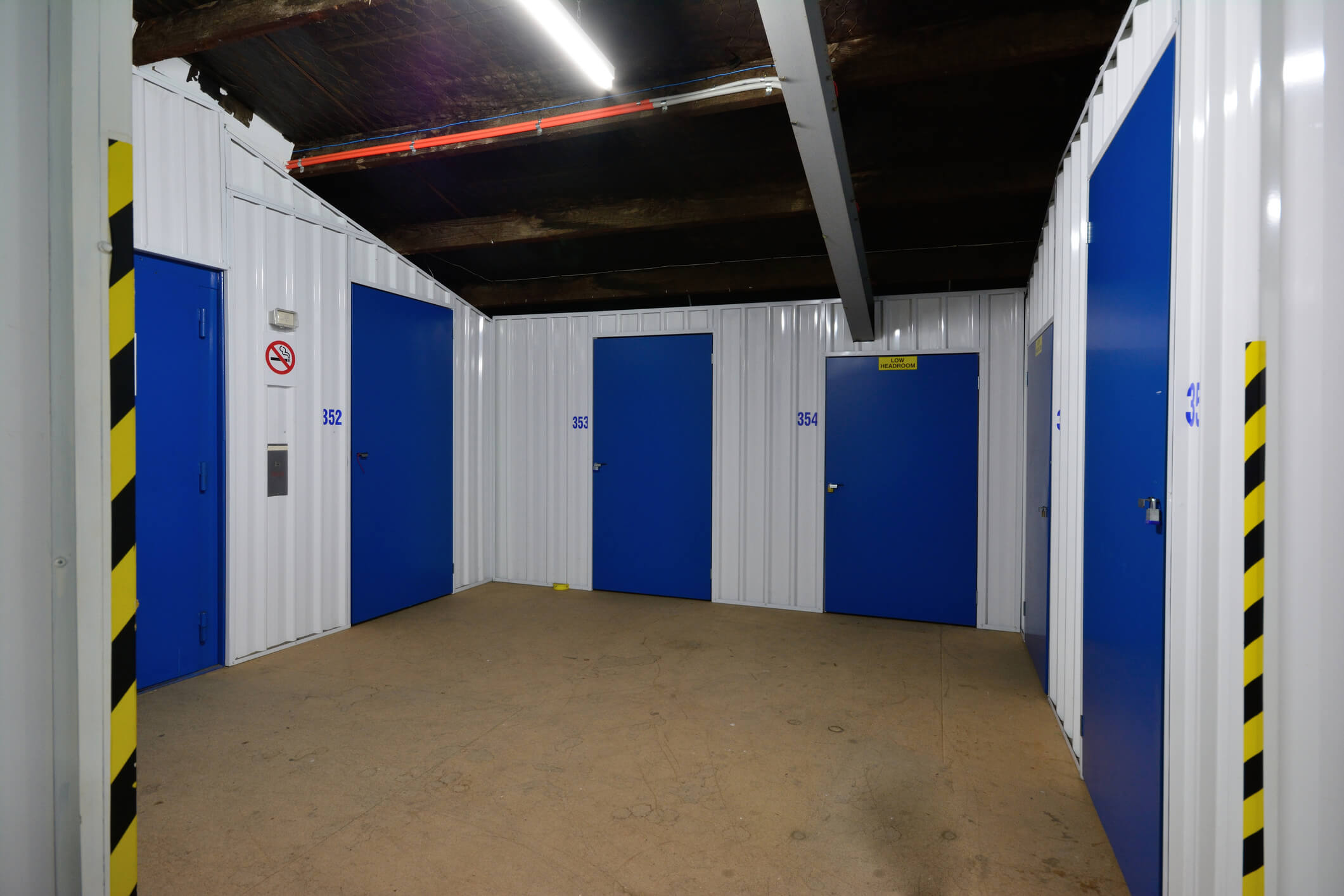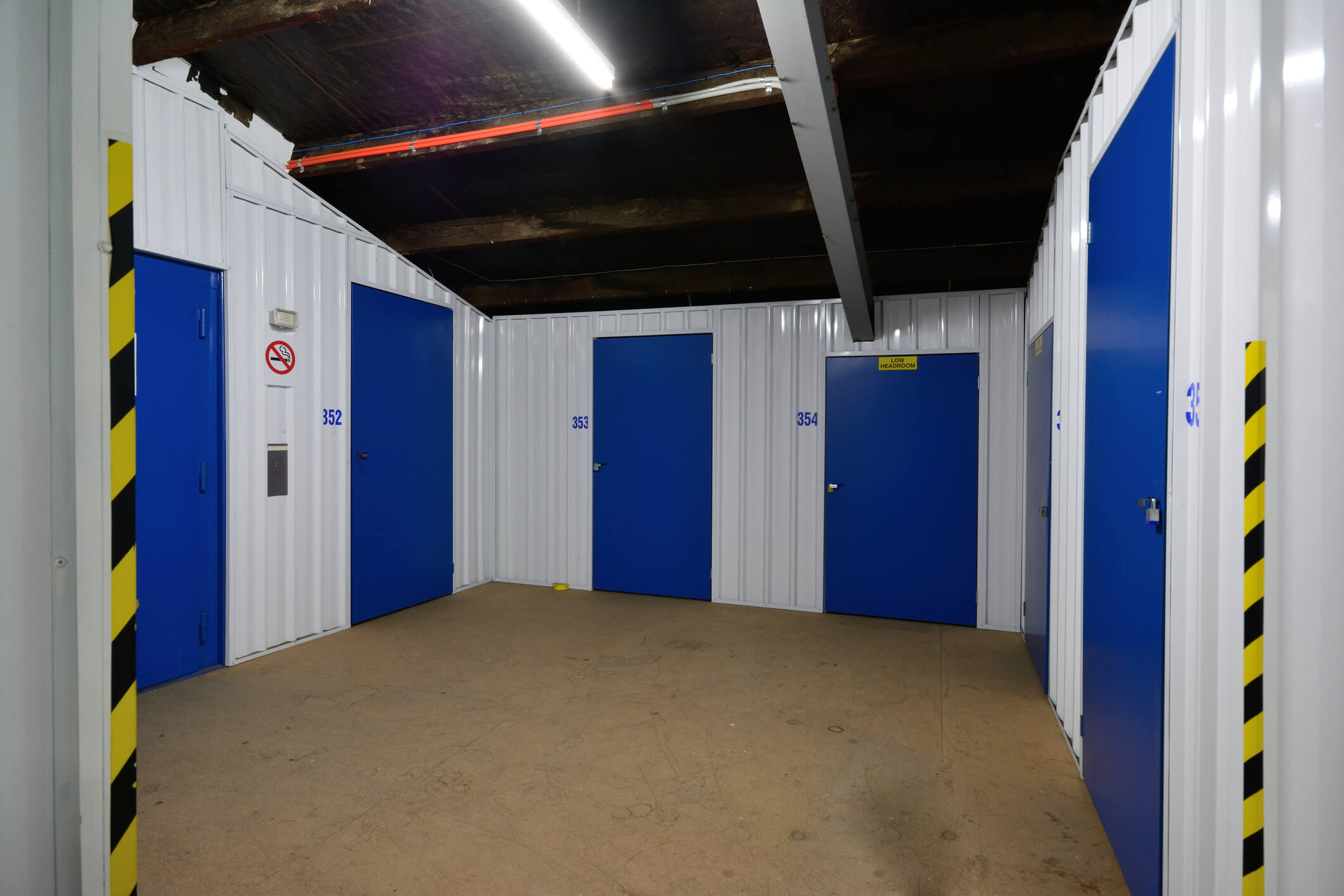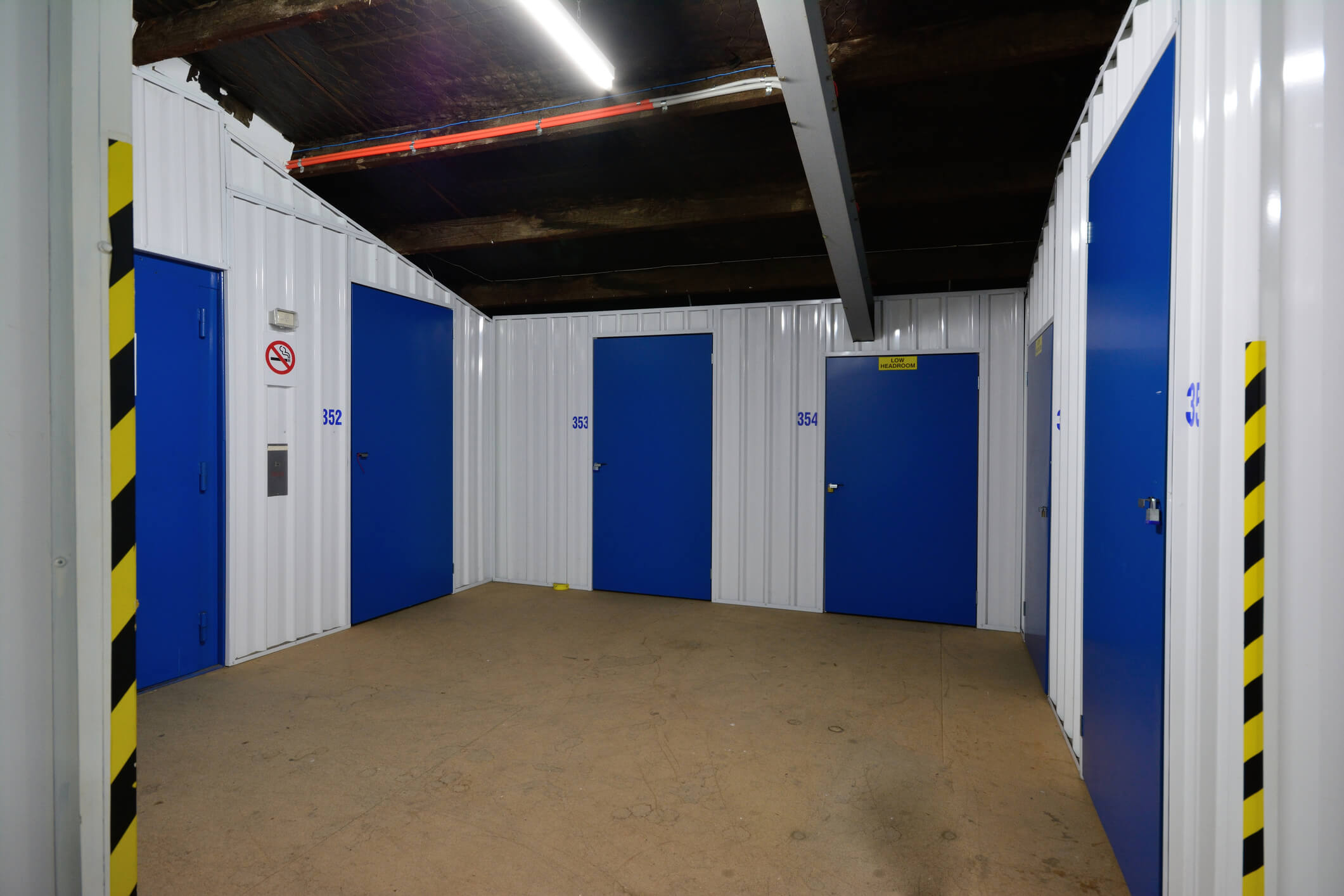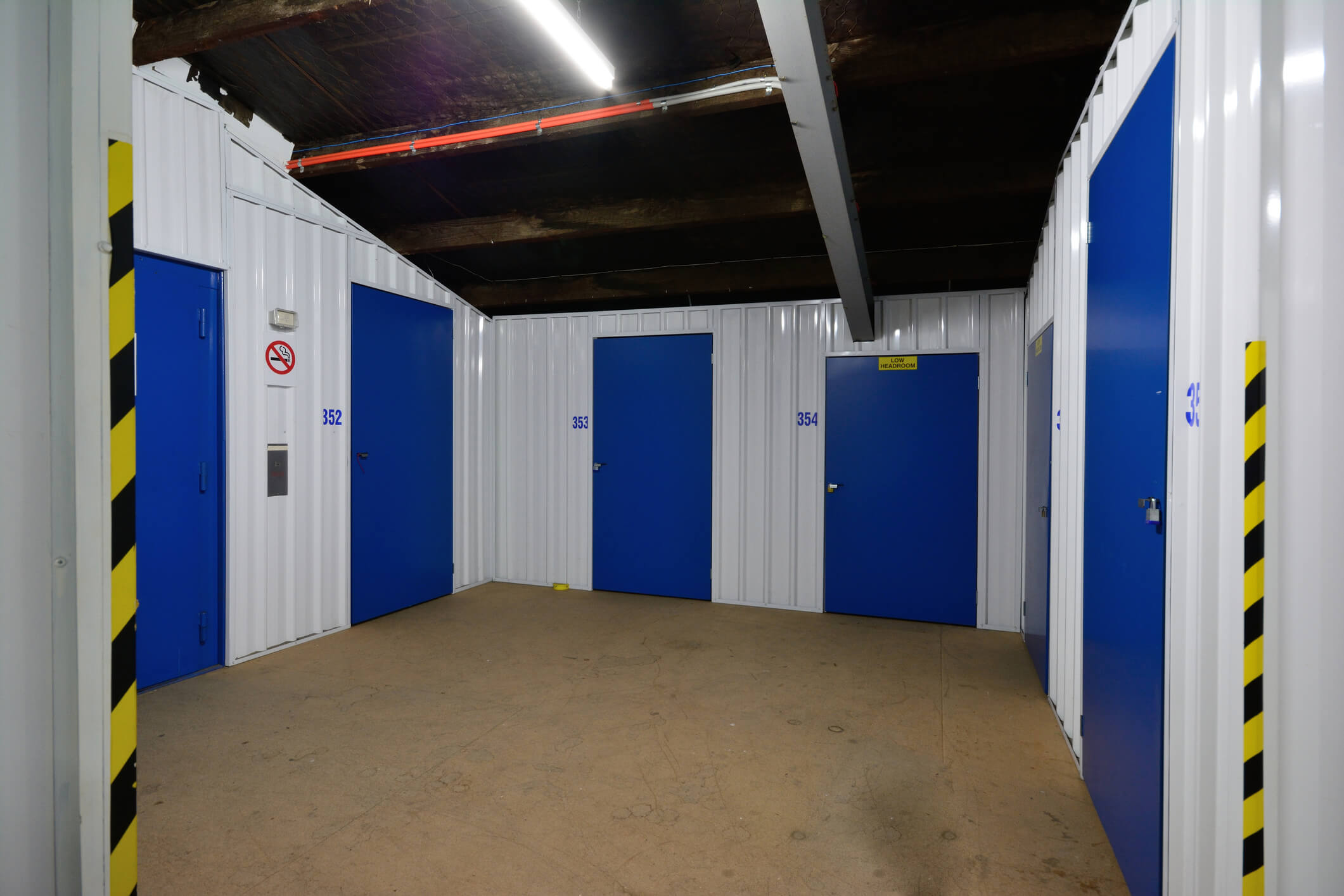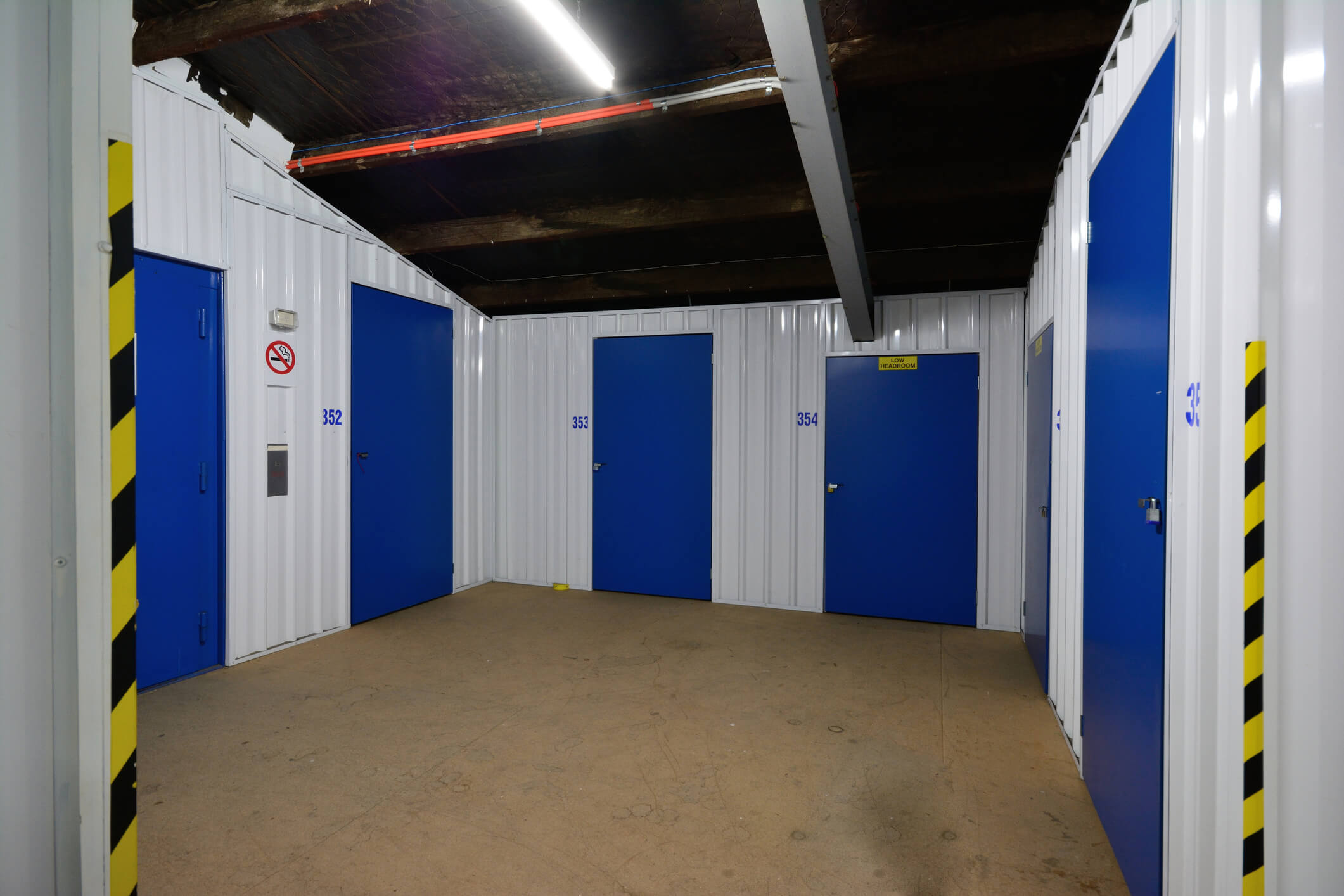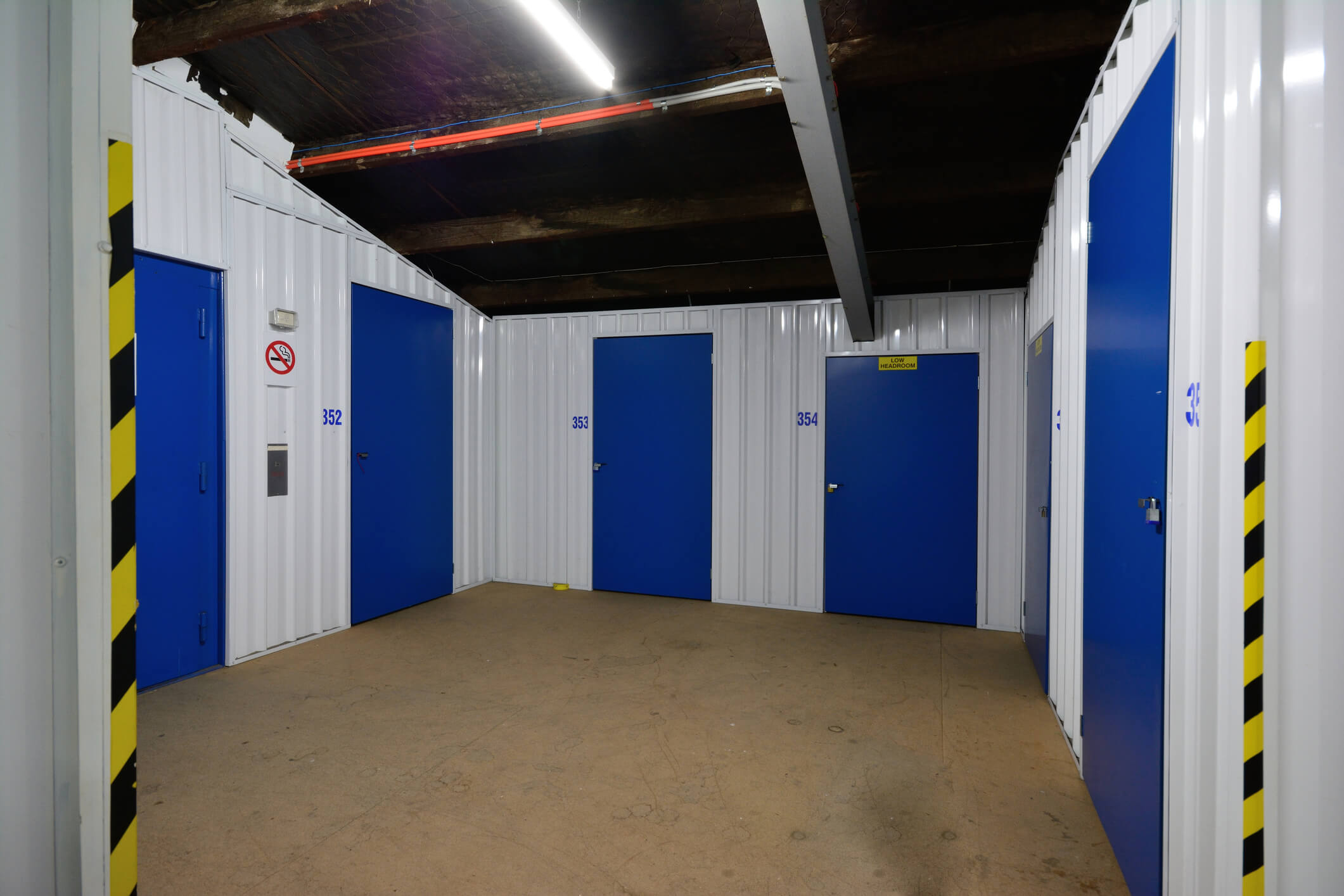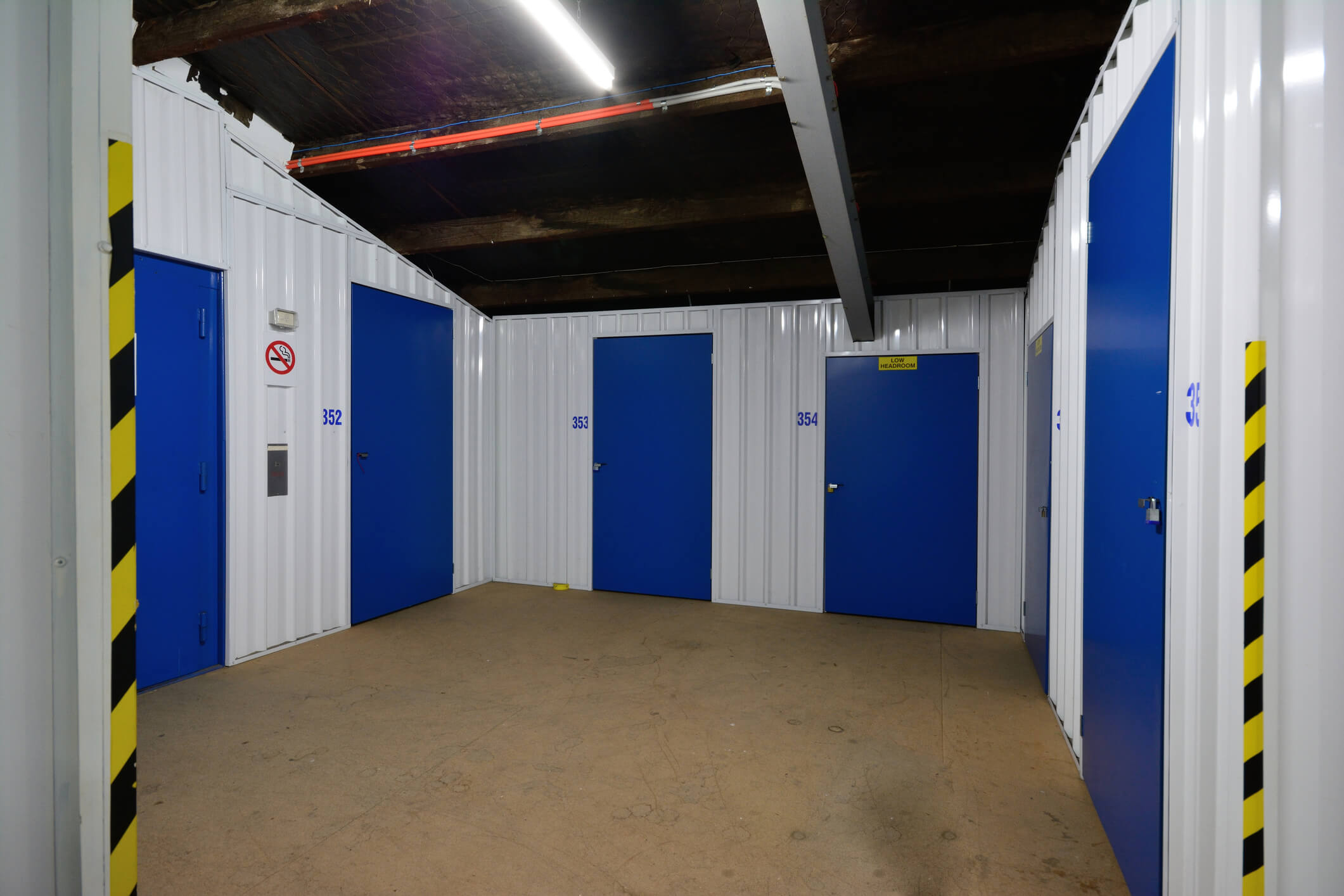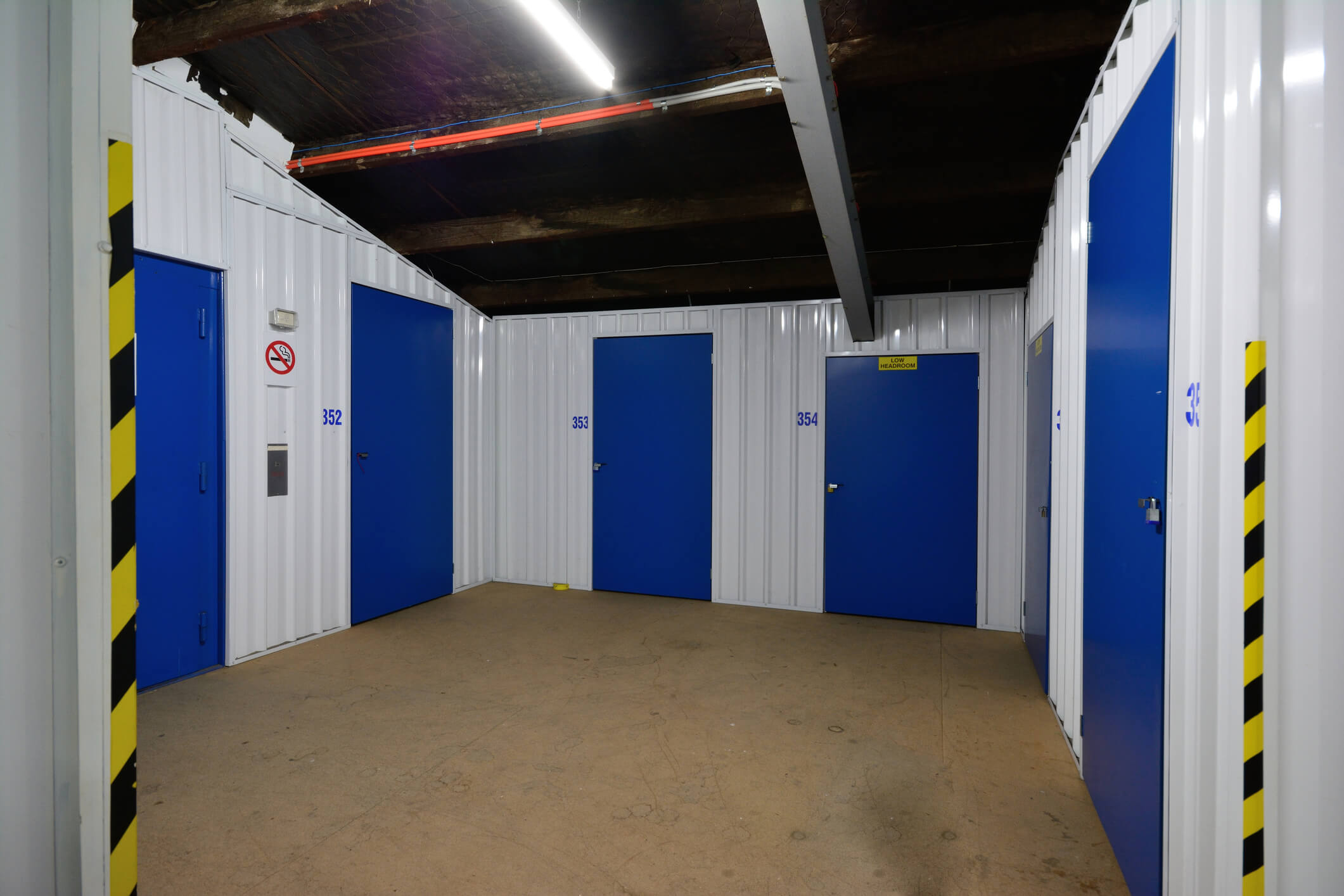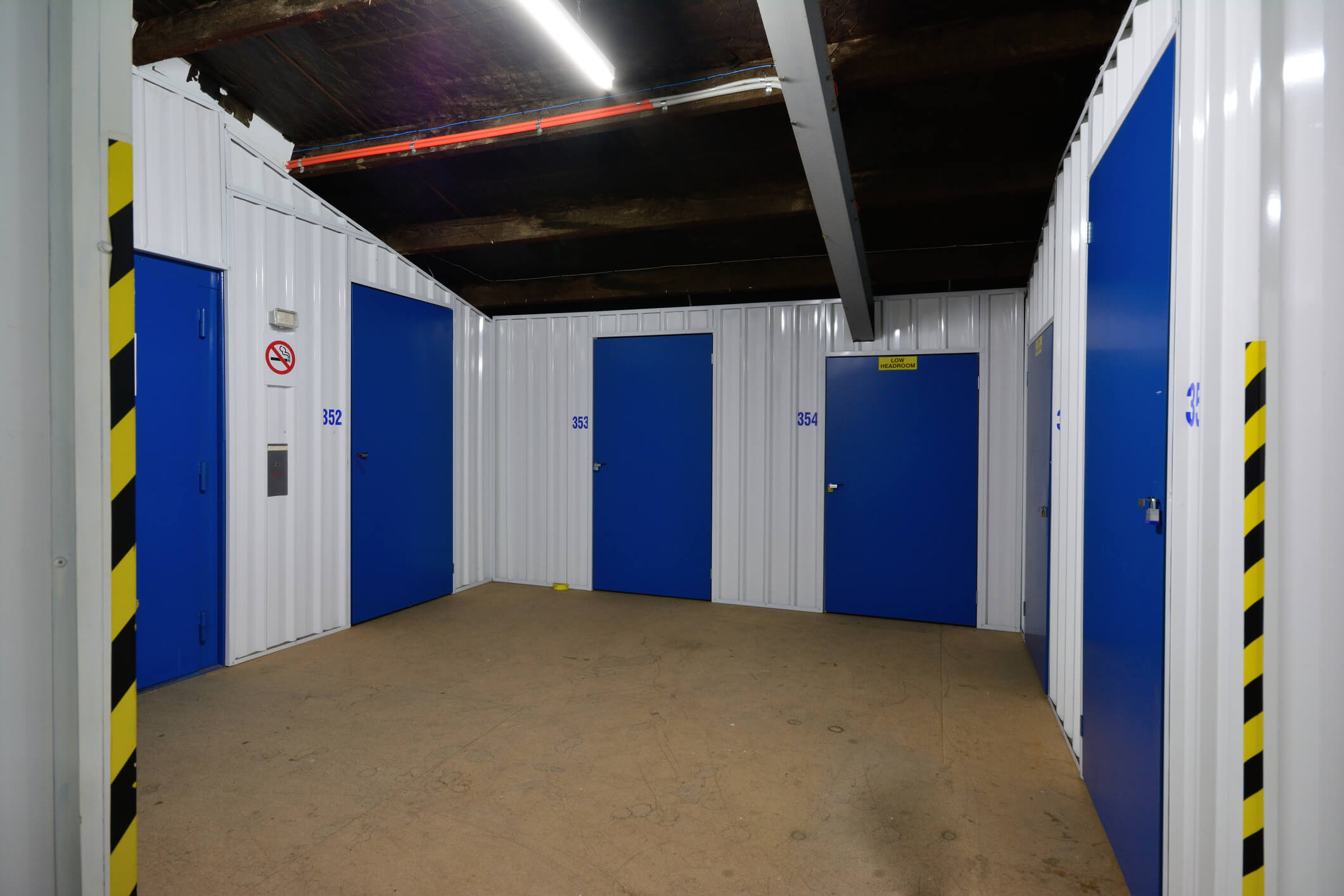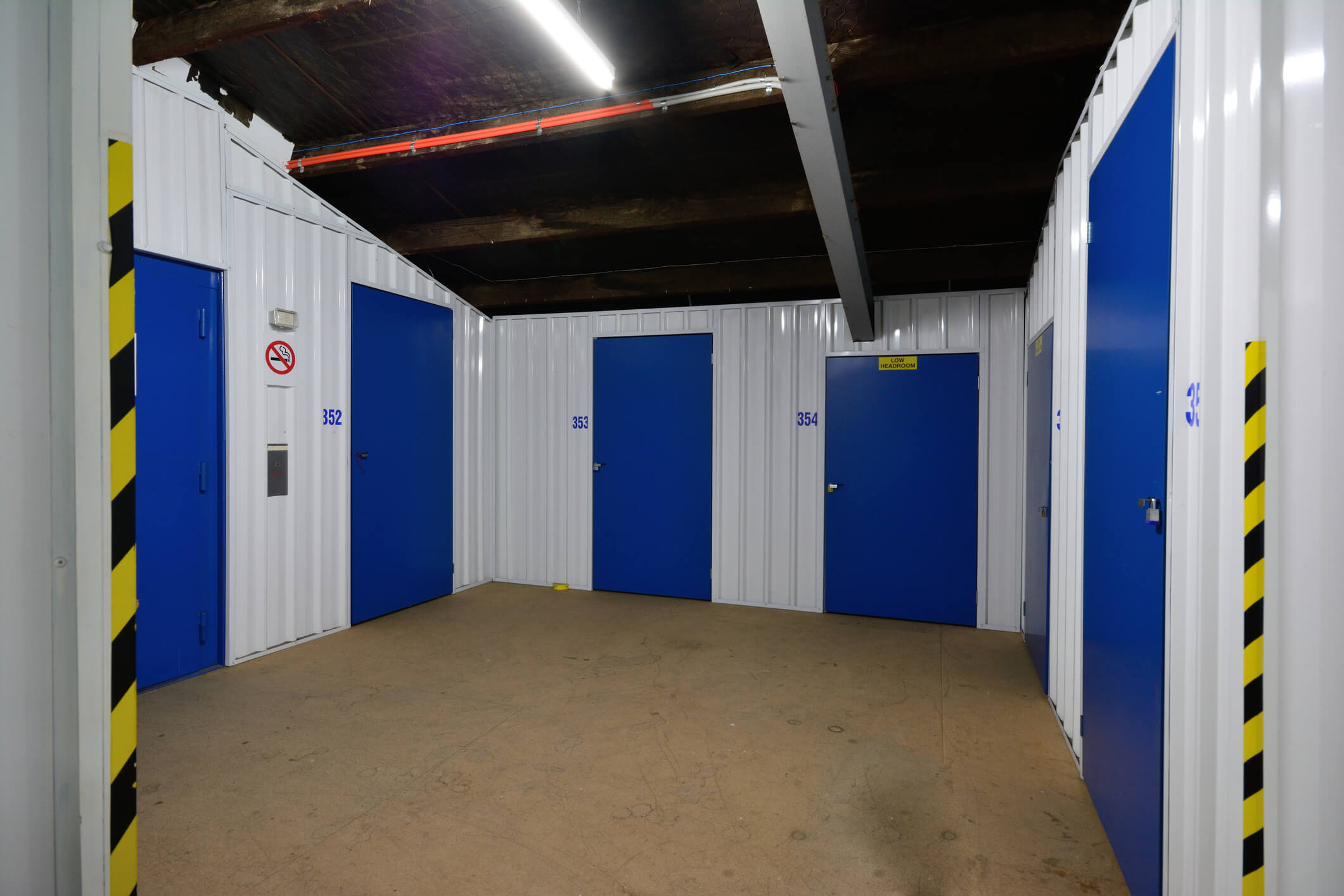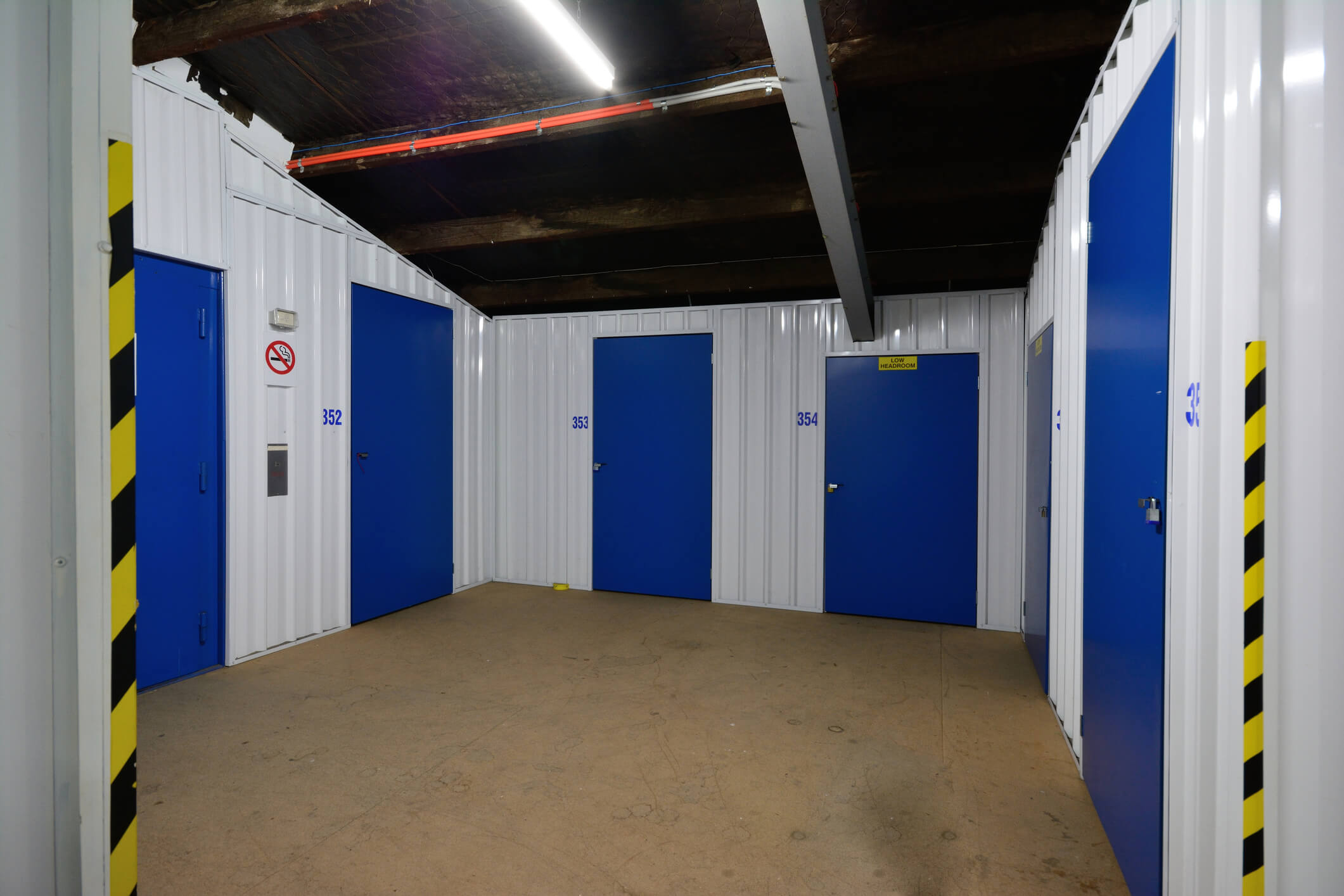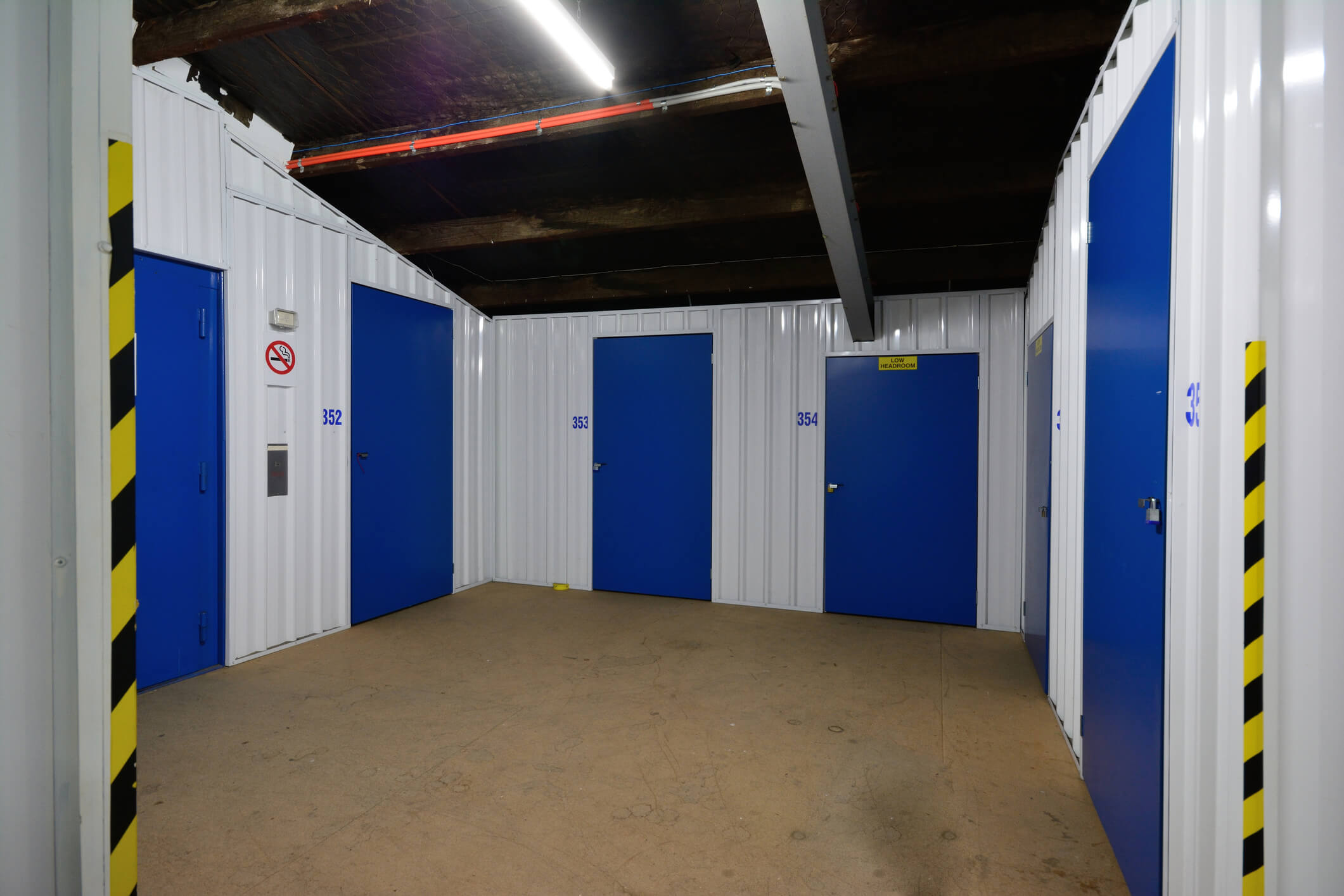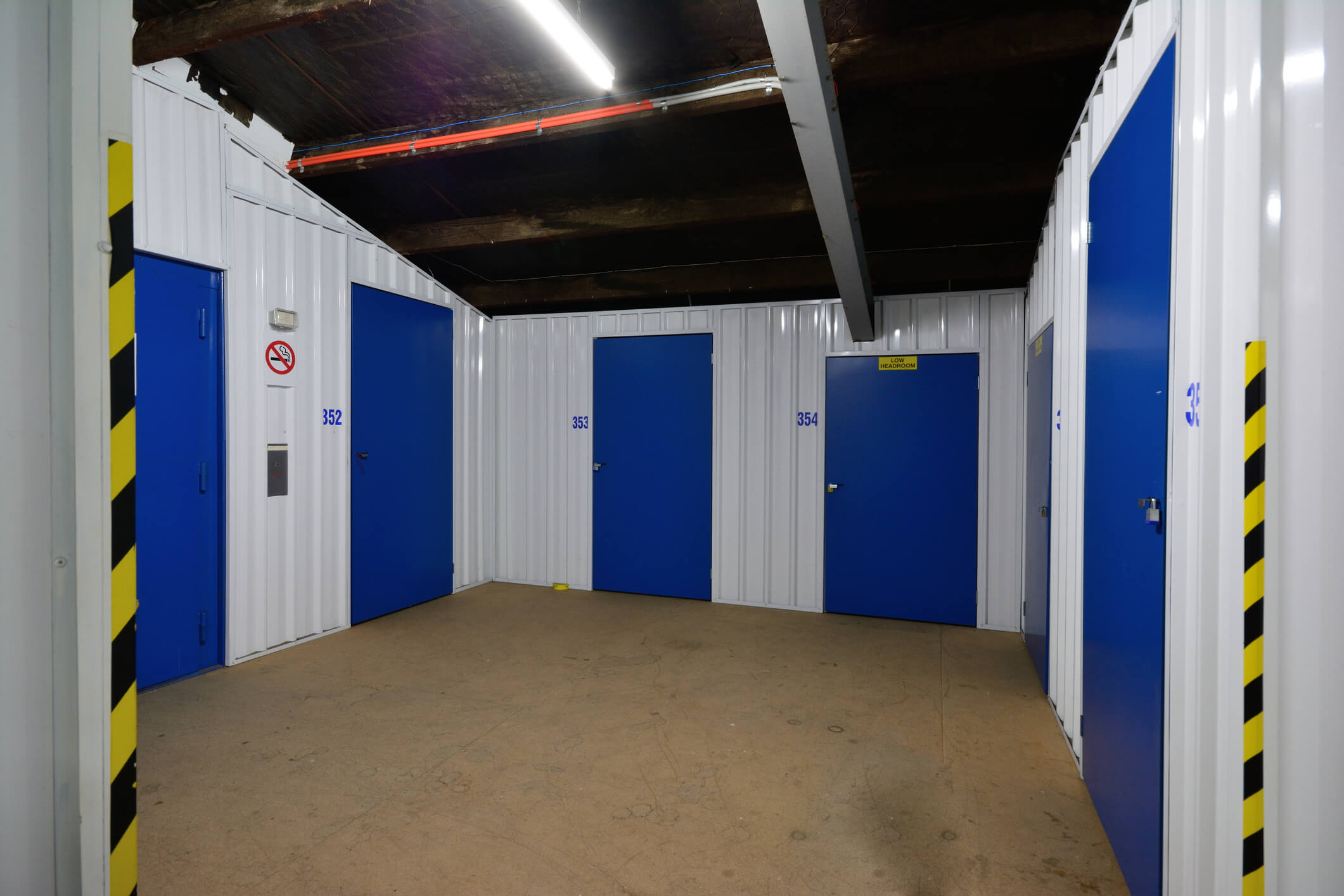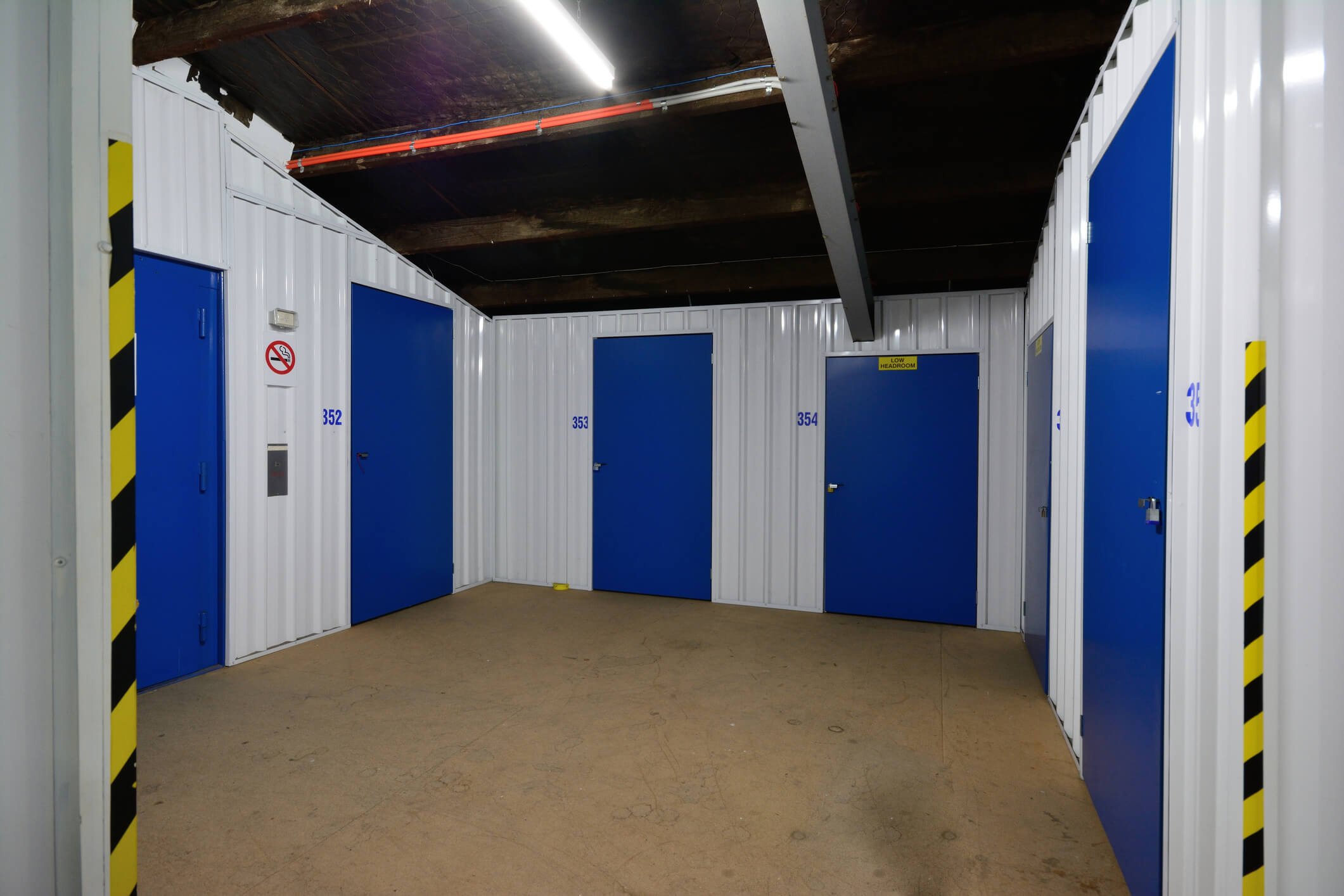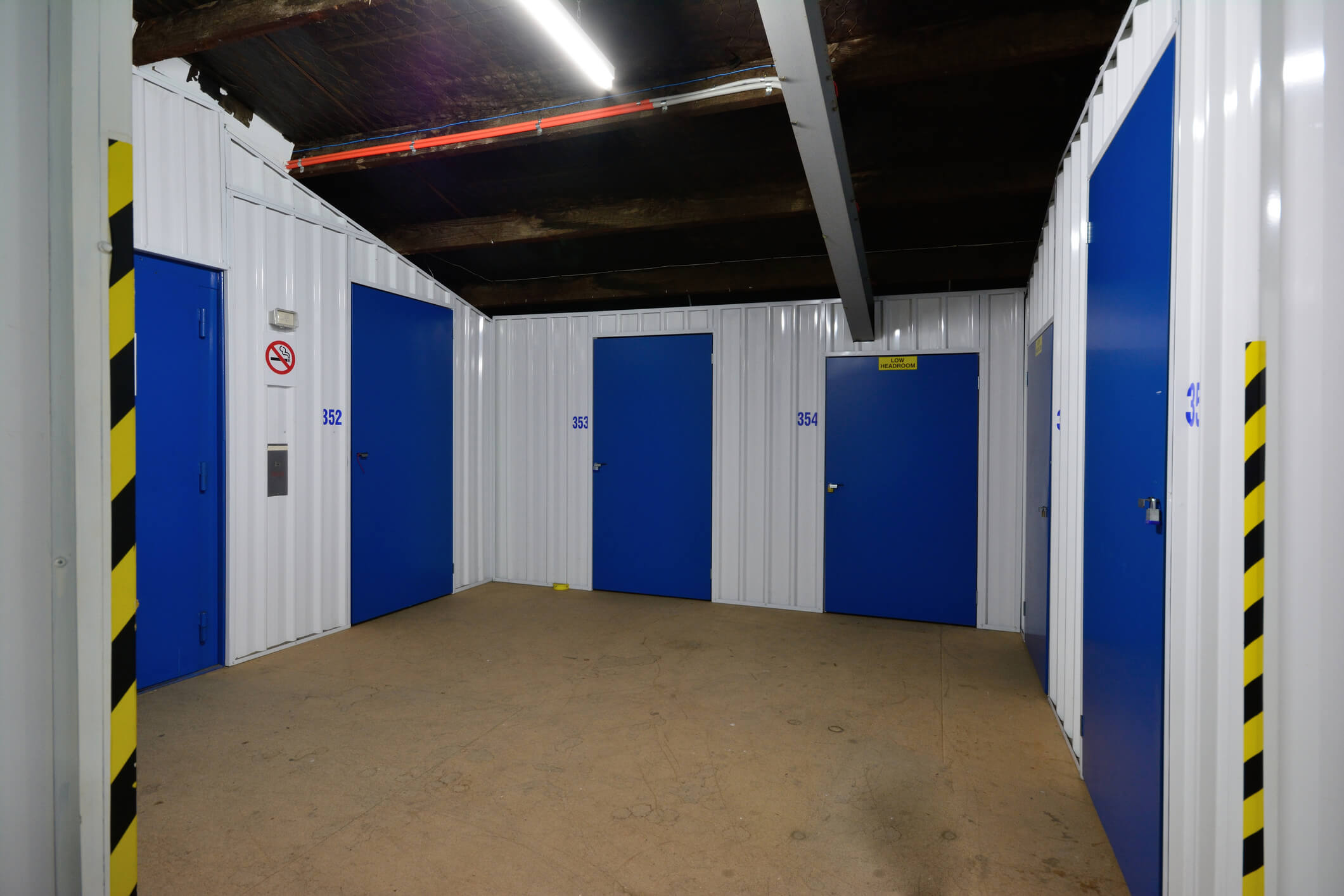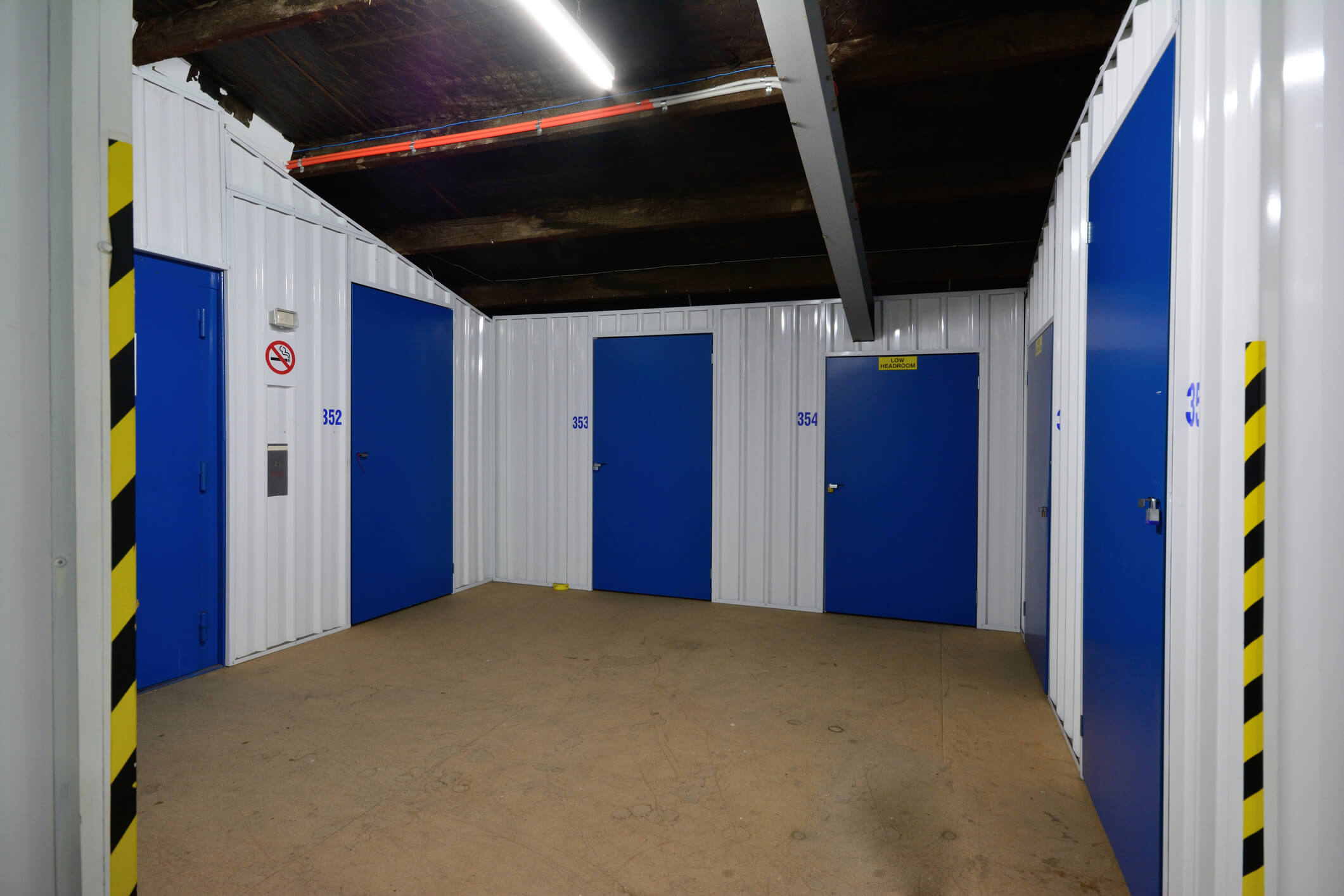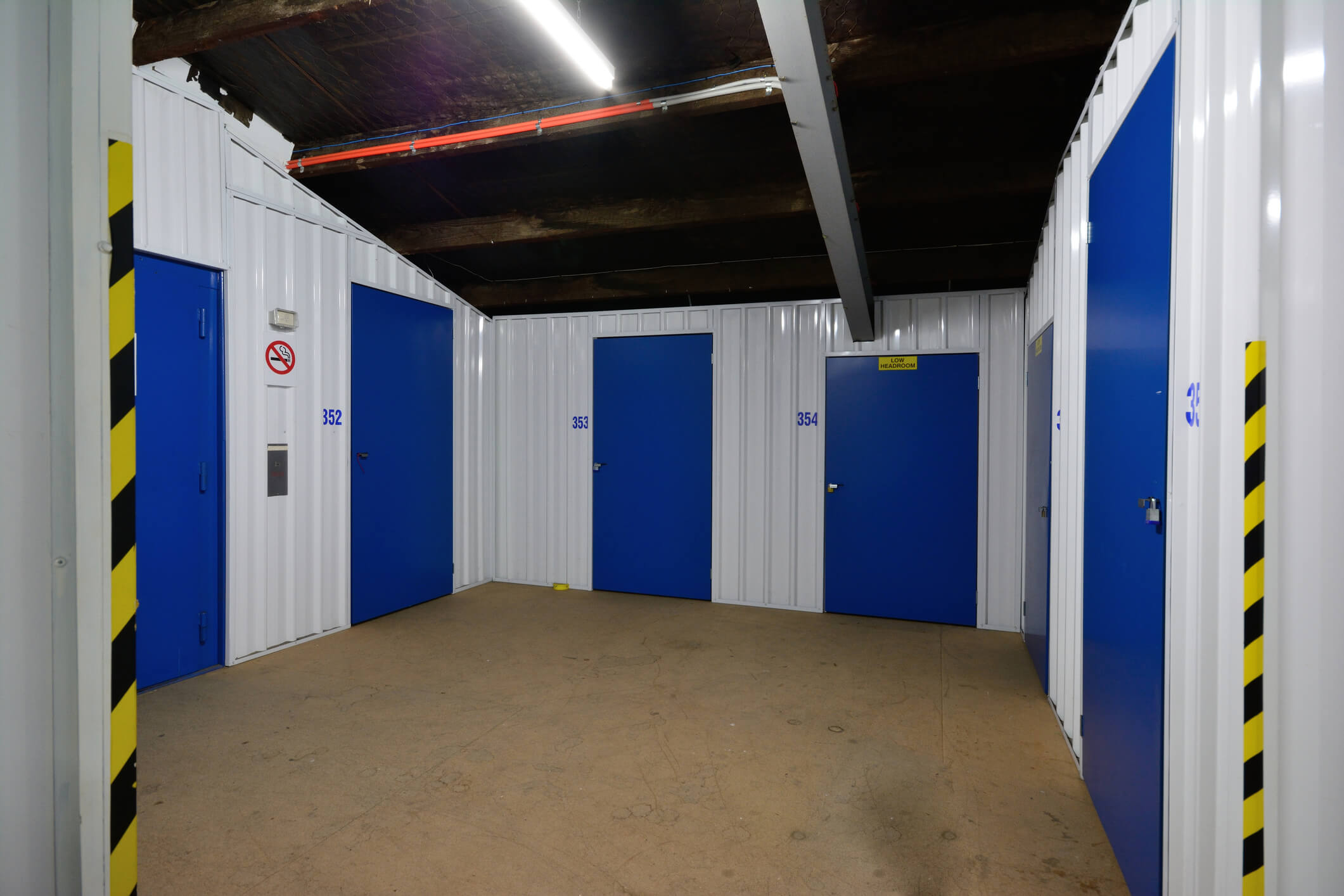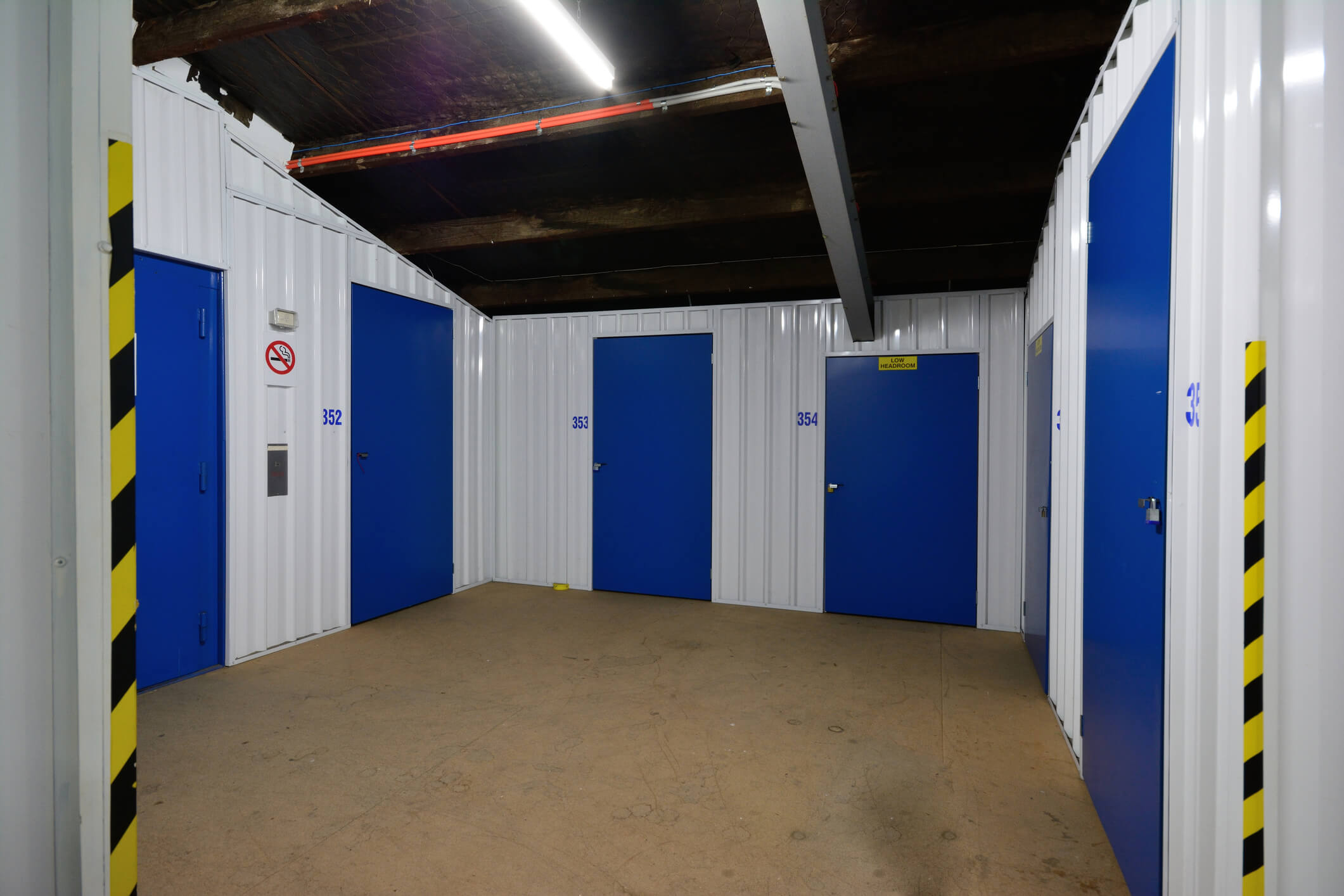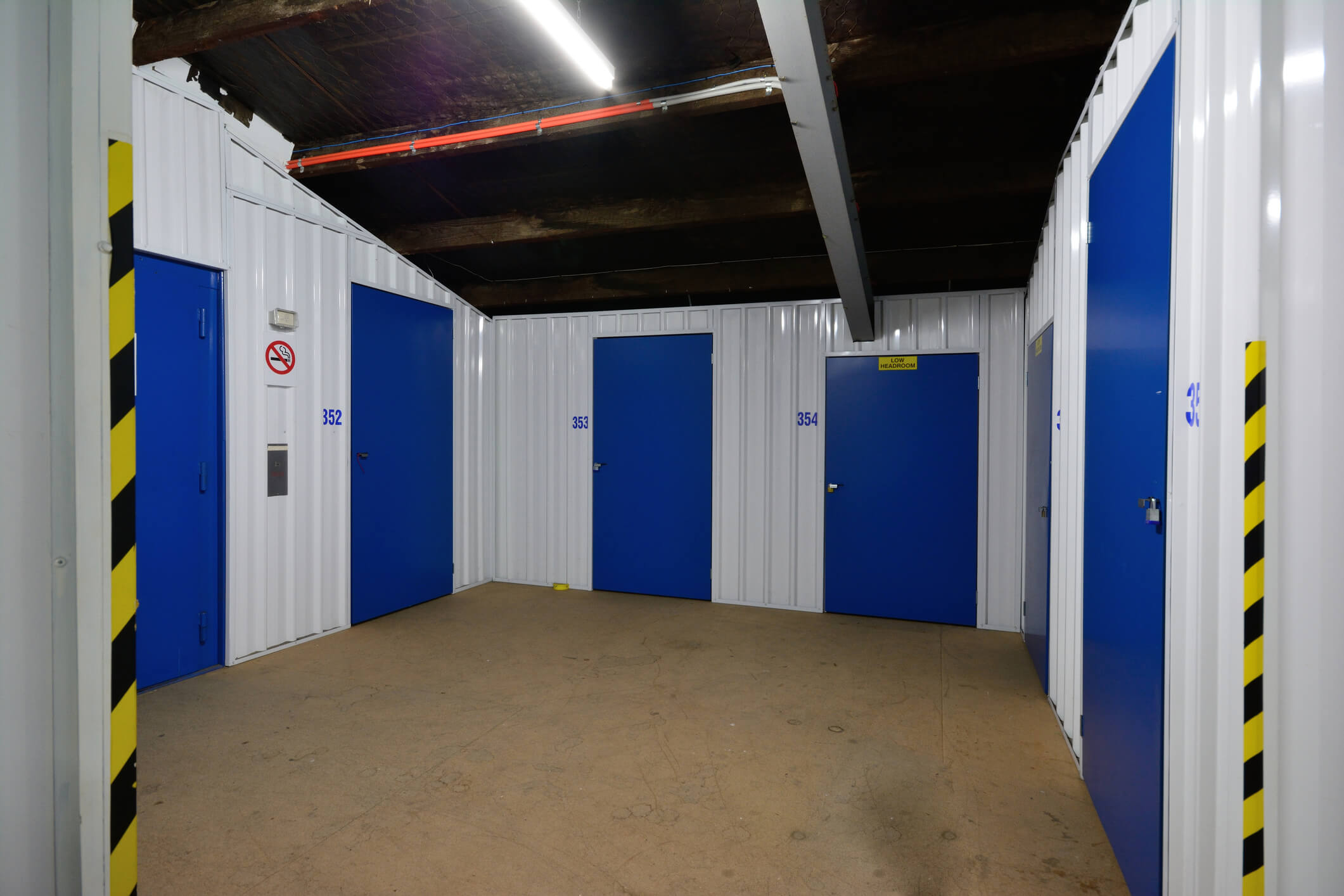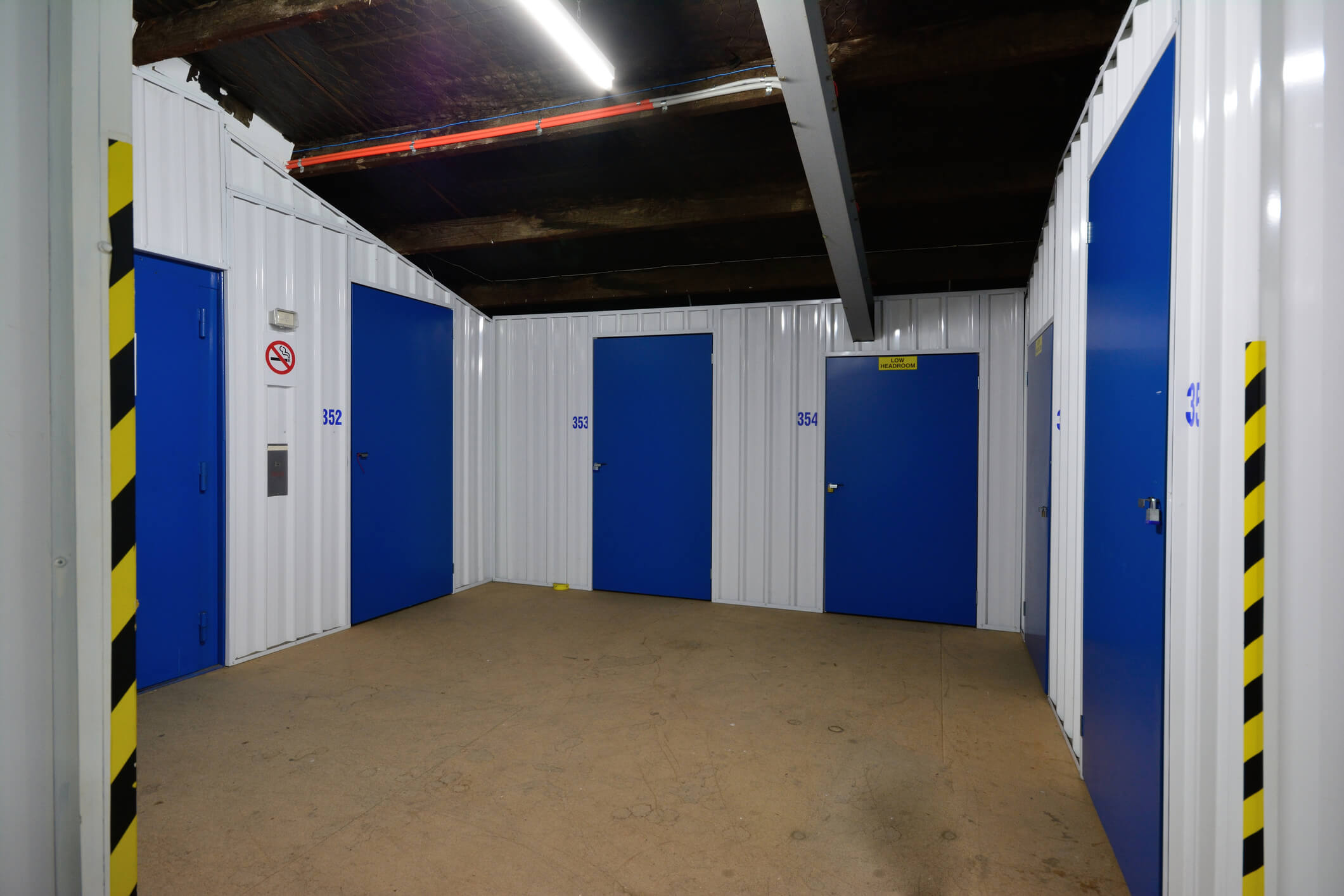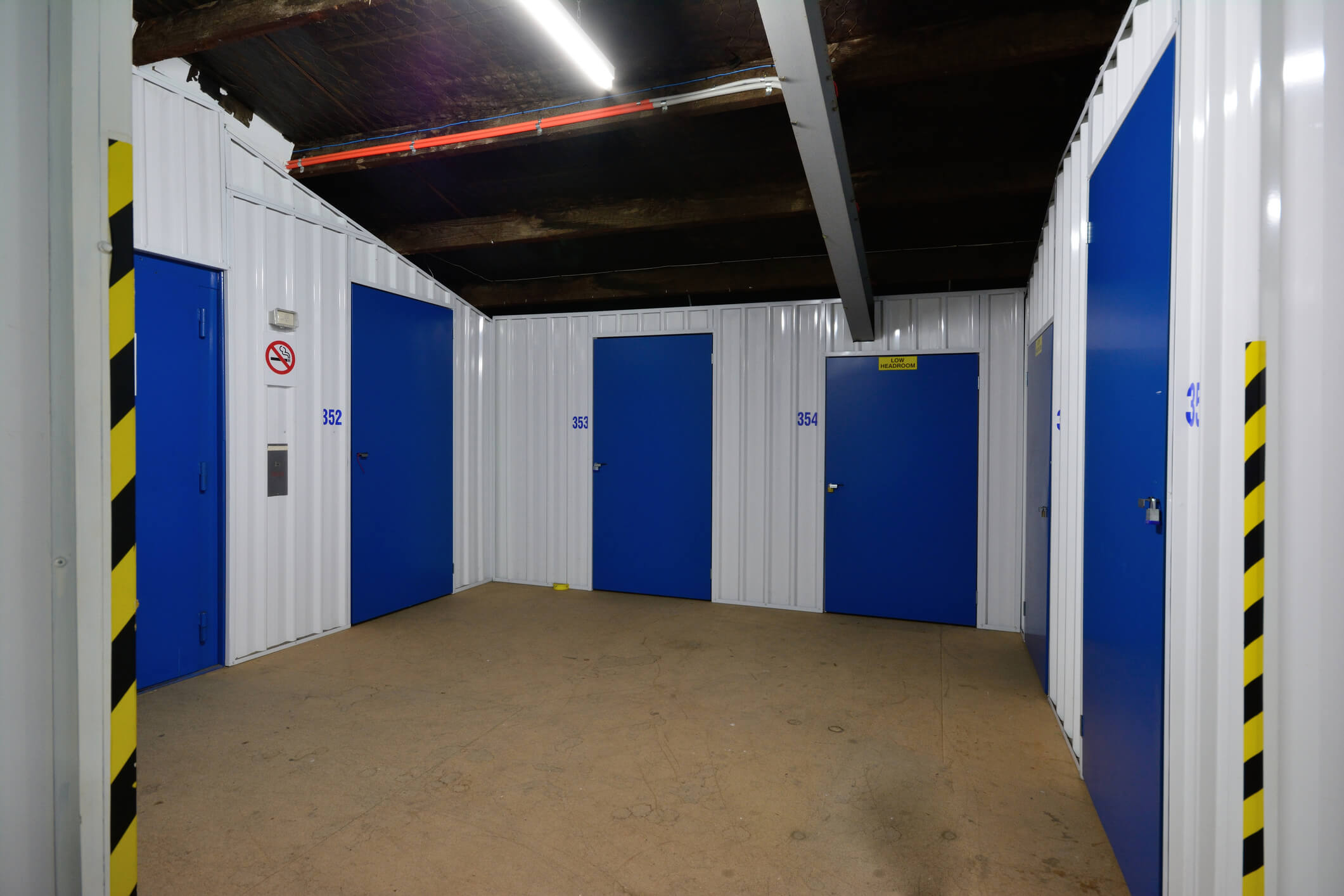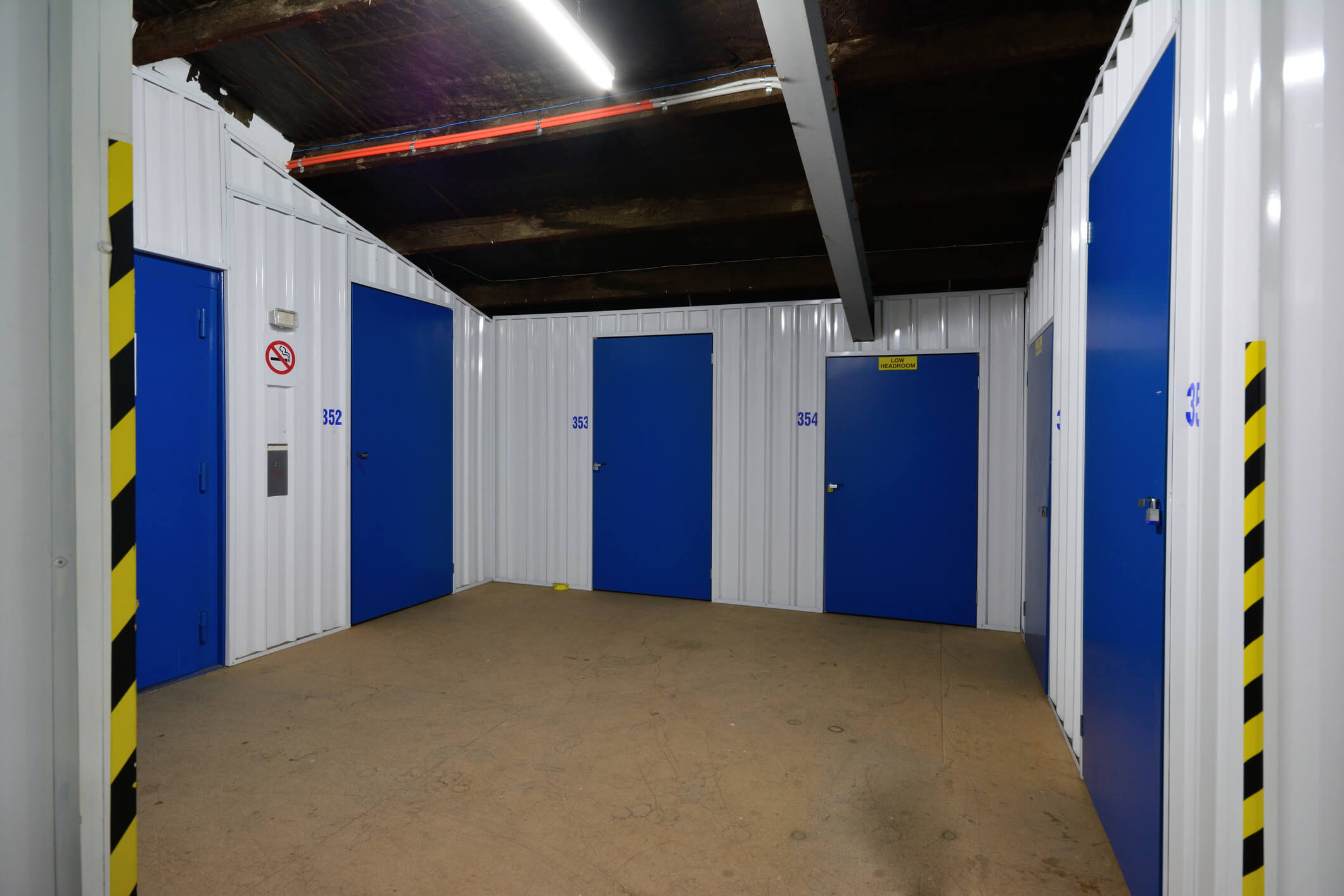Running a storage facility business involves significant operational risks that could force temporary closure or s…
Storage Facility Climate Control Insurance: Protecting Temperature-Sensitive Storage Operations
Storage facilities with climate control systems face unique risks that standard commercial insurance policies often overlook. From wine storage warehouses to document archives, pharmaceutical storage to fine art repositories, climate-controlled storage facilities require specialized insurance coverage that addresses the complex risks associated with temperature and humidity regulation systems.
Climate control insurance for storage facilities provides essential protection against equipment failures, power outages, and environmental control system breakdowns that could result in significant financial losses. This comprehensive guide explores the critical insurance considerations for storage facility operators who depend on precise environmental controls to protect their clients' valuable assets.
Understanding Climate Control Storage Risks
Climate-controlled storage facilities face several distinct risk categories that require specialized insurance attention:
Equipment Failure Risks
HVAC system breakdowns represent the primary threat to climate-controlled storage operations. When heating, ventilation, and air conditioning systems fail, the resulting temperature fluctuations can damage stored goods within hours. Compressor failures, refrigerant leaks, and electrical component breakdowns can compromise entire storage sections, leading to substantial client compensation claims.
Power Outage Vulnerabilities
Extended power outages pose severe threats to climate-controlled environments. While backup generators provide temporary protection, prolonged outages or generator failures can result in catastrophic temperature swings. Storage facilities housing temperature-sensitive items like pharmaceuticals, wine, or electronics face particularly high exposure during power disruptions.
Humidity Control Challenges
Maintaining proper humidity levels proves equally critical as temperature control. Excessive moisture can cause mold growth, document deterioration, and electronic component corrosion. Conversely, insufficient humidity can lead to wood cracking, paper brittleness, and static electricity buildup that damages sensitive equipment.
Monitoring System Failures
Modern climate control systems rely heavily on digital monitoring and alert systems. When these monitoring systems fail, facility operators may remain unaware of environmental control problems until significant damage occurs. Sensor malfunctions, communication system failures, and software glitches can leave facilities operating blindly.
Essential Coverage Components
Equipment Breakdown Protection
This coverage addresses the direct costs of repairing or replacing failed climate control equipment. Beyond basic HVAC components, coverage should extend to specialized equipment like wine cellar cooling systems, pharmaceutical-grade refrigeration units, and precision humidity control systems. Coverage typically includes emergency repair costs, expedited replacement equipment, and temporary climate control solutions.
Spoilage and Contamination Coverage
When climate control systems fail, stored goods may suffer damage from temperature fluctuations, humidity changes, or contamination. This coverage compensates facility operators for client property damage claims resulting from environmental control failures. Coverage should address both gradual deterioration and sudden damage events.
Business Interruption Protection
Climate control system failures often force storage facilities to cease operations temporarily. Business interruption coverage provides income replacement during repair periods and covers additional expenses incurred to minimize operational disruption. This includes costs for temporary storage solutions, emergency equipment rental, and expedited repair services.
Extra Expense Coverage
Beyond standard business interruption, extra expense coverage addresses the additional costs of maintaining operations during climate control emergencies. This might include renting temporary climate-controlled space, purchasing emergency cooling or heating equipment, or implementing manual monitoring procedures.
Professional Liability Protection
Storage facility operators owe a duty of care to maintain proper environmental conditions for client property. Professional liability coverage protects against claims alleging negligent maintenance of climate control systems, inadequate monitoring procedures, or failure to meet contractual storage conditions.
Specialized Coverage Considerations
Wine Storage Facilities
Wine storage operations require coverage that understands the specific temperature and humidity requirements for different wine types. Coverage should address vibration control systems, cork preservation requirements, and the unique risks associated with vintage wine collections. Policies should recognize that wine damage may not become apparent for years after a climate control incident.
Pharmaceutical Storage
Pharmaceutical storage facilities must maintain strict temperature controls to preserve medication efficacy. Coverage should address FDA compliance requirements, cold chain integrity, and the potential liability for compromised medications entering the market. Specialized coverage for controlled substances and clinical trial materials may be necessary.
Document and Archive Storage
Paper documents and digital media require specific humidity and temperature ranges to prevent deterioration. Coverage should address preservation standards for historical documents, legal records, and digital archives. Fire suppression system compatibility with climate control systems requires special consideration.
Fine Art and Collectibles Storage
Artwork and collectibles often have unique environmental requirements based on materials and age. Coverage should address conservation standards, handling procedures during climate emergencies, and the specialized expertise required for damage assessment and restoration.
Risk Assessment and Prevention
System Redundancy Planning
Effective climate control insurance programs encourage redundant system design. Backup HVAC units, multiple temperature sensors, and redundant power supplies reduce the likelihood of total system failures. Insurance carriers often provide premium discounts for facilities with comprehensive redundancy measures.
Preventive Maintenance Programs
Regular maintenance schedules for climate control equipment significantly reduce failure risks. Insurance policies may require documented maintenance programs, including filter changes, refrigerant level checks, and calibration of monitoring systems. Maintenance records often influence claim settlements and renewal terms.
Emergency Response Procedures
Well-documented emergency response procedures help minimize damage when climate control problems occur. Response plans should include emergency contact procedures, temporary climate control measures, and client notification protocols. Insurance carriers value facilities with comprehensive emergency preparedness.
Staff Training Requirements
Proper staff training on climate control system operation and emergency procedures reduces both the likelihood and severity of incidents. Training should cover system monitoring, emergency shutdown procedures, and damage mitigation techniques. Regular training updates ensure staff competency with evolving technology.
Policy Selection Criteria
Coverage Limit Adequacy
Storage facilities must carefully evaluate coverage limits based on the maximum value of stored goods and potential business interruption losses. Limits should account for seasonal fluctuations in stored inventory values and the facility's maximum capacity utilization.
Deductible Structures
Climate control insurance often features specialized deductible structures that may include time-based deductibles for business interruption coverage or percentage deductibles for high-value stored goods. Facility operators should balance premium savings against acceptable retention levels.
Geographic Considerations
Regional climate patterns influence both risk exposure and coverage availability. Facilities in areas prone to extreme weather events may face higher premiums but require more comprehensive coverage. Coastal facilities may need additional protection against humidity-related risks.
Technology Integration
Modern climate control systems increasingly integrate with building management systems and remote monitoring platforms. Insurance policies should address cyber risks associated with connected climate control systems and provide coverage for technology upgrades that improve risk management.
Claims Management and Documentation
Incident Documentation
When climate control incidents occur, thorough documentation proves essential for successful claims resolution. Facility operators should maintain detailed logs of temperature and humidity readings, system maintenance records, and incident response actions. Photographic evidence of damaged goods and system conditions supports claim presentations.
Expert Assessment Requirements
Climate control claims often require specialized expertise to determine causation and quantify damages. Facility operators should understand their insurance carrier's preferred expert networks and the procedures for engaging climate control specialists, restoration experts, and property appraisers.
Client Communication Protocols
Effective client communication during climate control incidents helps maintain business relationships and may influence liability exposure. Insurance policies should address the costs of client notification, temporary storage arrangements, and damage assessment procedures.
Regulatory Compliance Considerations
Industry Standards Compliance
Various industries impose specific climate control standards for storage facilities. Pharmaceutical storage must comply with USP guidelines, wine storage should meet industry best practices, and document storage may require archival standards compliance. Insurance coverage should align with applicable regulatory requirements.
Environmental Regulations
Climate control systems must comply with environmental regulations regarding refrigerants, energy efficiency, and emissions. Insurance policies should address the costs of regulatory compliance upgrades and potential penalties for non-compliance during system failures.
Building Code Requirements
Local building codes may impose specific requirements for climate control system design and installation. Insurance coverage should address the costs of bringing systems into compliance with evolving building codes following covered losses.
Cost Factors and Premium Considerations
Facility Size and Complexity
Larger facilities with more complex climate control systems typically face higher insurance premiums due to increased exposure. However, economies of scale may provide some premium advantages for large operations with comprehensive risk management programs.
Stored Goods Characteristics
The types of goods stored significantly influence insurance costs. High-value items, temperature-sensitive materials, and goods with strict environmental requirements increase premium costs but may justify higher coverage limits.
Loss History Impact
Previous climate control incidents significantly influence insurance pricing and availability. Facilities with clean loss histories benefit from preferred pricing, while those with previous claims may face higher premiums or coverage restrictions.
Risk Management Investments
Investments in advanced monitoring systems, redundant equipment, and comprehensive maintenance programs often generate insurance premium discounts. Facility operators should work with insurance carriers to identify cost-effective risk management improvements.
Industry Trends and Future Considerations
Technology Advancement Impact
Advancing climate control technology creates both opportunities and challenges for insurance coverage. Smart monitoring systems provide better risk management but introduce cyber vulnerabilities. Insurance policies must evolve to address these changing risk profiles.
Sustainability Requirements
Growing emphasis on environmental sustainability influences climate control system design and operation. Energy-efficient systems may qualify for insurance discounts but require coverage for newer technologies with limited performance histories.
Regulatory Evolution
Evolving regulations regarding climate control standards, environmental compliance, and data protection influence insurance requirements. Facility operators must ensure their coverage keeps pace with changing regulatory landscapes.
Frequently Asked Questions
What types of storage facilities need climate control insurance?
Any storage facility maintaining specific temperature or humidity ranges requires climate control insurance. This includes wine storage, pharmaceutical warehouses, document archives, fine art storage, electronics storage, and specialty food storage facilities.
How does climate control insurance differ from standard commercial property insurance?
Climate control insurance specifically addresses risks associated with environmental control system failures, including spoilage coverage, specialized equipment protection, and business interruption related to climate control incidents. Standard commercial policies typically exclude or limit coverage for these specialized risks.
What factors influence climate control insurance premiums?
Premium factors include facility size, types of goods stored, climate control system complexity, redundancy measures, maintenance programs, loss history, geographic location, and regulatory compliance requirements.
Does climate control insurance cover gradual deterioration of stored goods?
Coverage for gradual deterioration varies by policy and typically requires specific endorsements. Most policies focus on sudden and accidental climate control failures rather than gradual environmental changes.
How should facilities document climate control incidents for insurance claims?
Facilities should maintain continuous monitoring records, document system maintenance, photograph incident scenes, preserve damaged goods for inspection, and maintain detailed incident logs including response actions and timeline.
What backup systems should climate control facilities consider?
Recommended backup systems include redundant HVAC units, emergency generators, battery backup for monitoring systems, portable climate control equipment, and multiple temperature/humidity sensors throughout the facility.
How does climate control insurance address power outage losses?
Coverage typically includes losses resulting from power outages that cause climate control system failures, including spoilage of stored goods and business interruption. Generator failure coverage may require specific endorsements.
What professional liability risks do climate control storage facilities face?
Professional liability risks include failure to maintain contractual storage conditions, negligent system maintenance, inadequate monitoring procedures, and breach of duty of care to preserve client property under specified environmental conditions.
How often should climate control systems be professionally serviced?
Most insurance policies require quarterly or semi-annual professional maintenance for HVAC systems, with more frequent maintenance for specialized equipment. Maintenance frequency requirements vary based on system complexity and stored goods sensitivity.
What emergency procedures should climate control facilities establish?
Emergency procedures should include system failure response protocols, client notification procedures, temporary climate control measures, emergency contact lists, damage mitigation steps, and staff training requirements for various emergency scenarios.
This comprehensive guide provides storage facility operators with essential information for securing appropriate climate control insurance coverage while implementing effective risk management strategies to protect their operations and client assets.


 0330 127 2333
0330 127 2333

